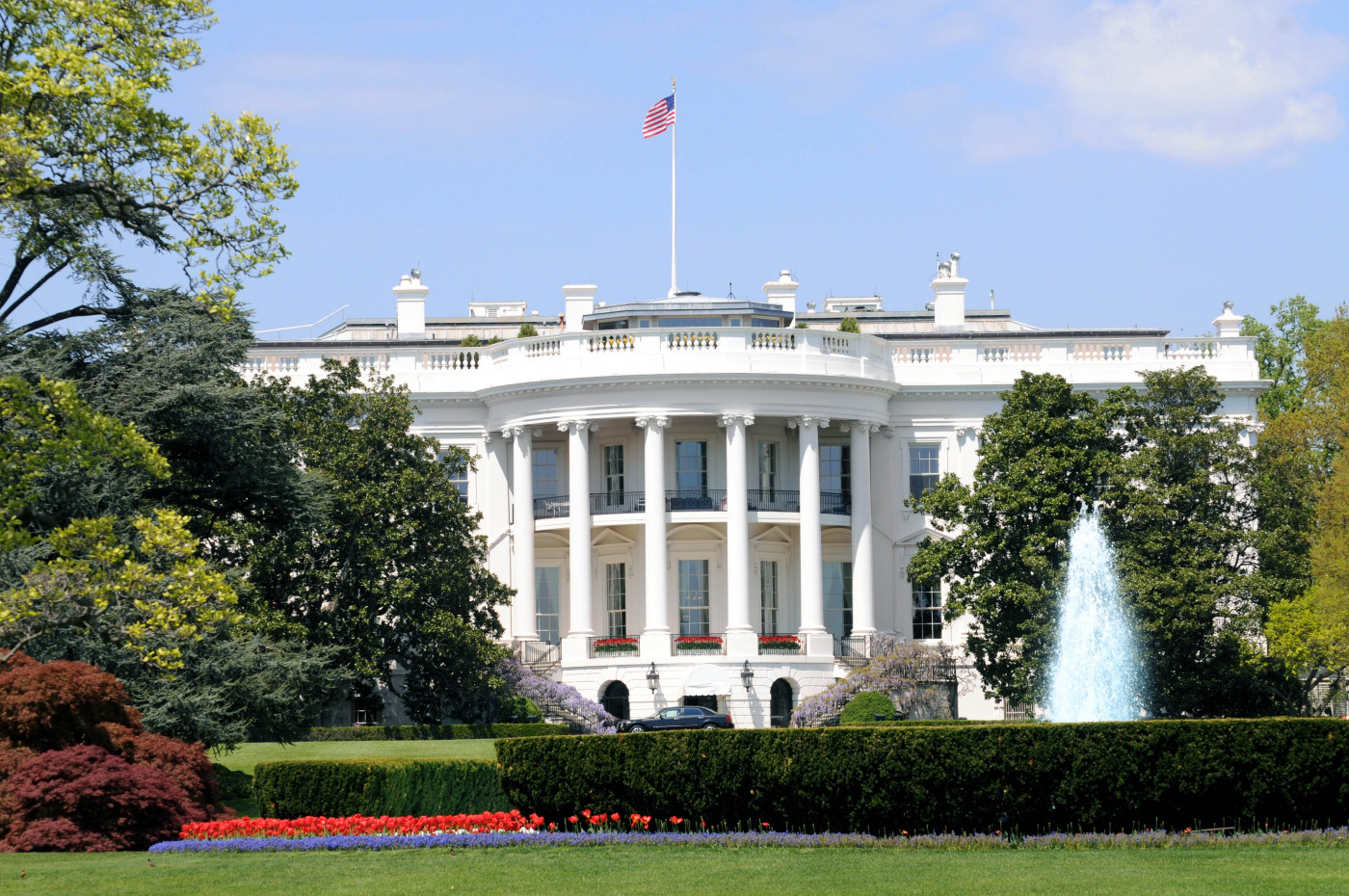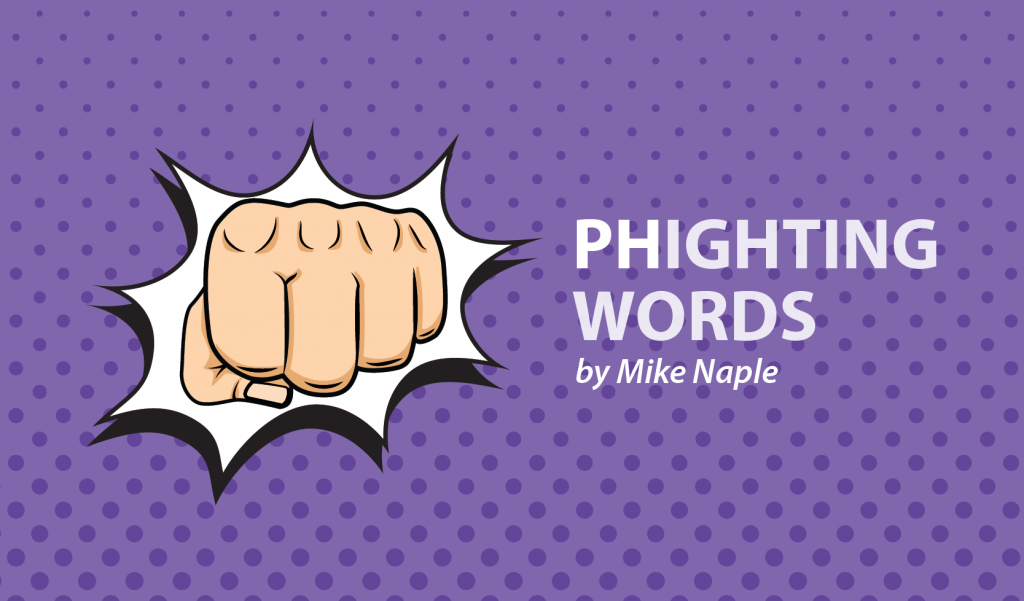Aware, Rare, and Advocating for PH Year-Round

The other night I sat in my small living room as an episode of “The West Wing” played in the background. I probably was writing something or other, not giving the show my full attention. You should know that I have seen the series through and through at least a dozen times, and I probably could recite some of the more obscure lines in my sleep. But there I was, watching the ninth episode of the fourth season when I heard the following exchange:
PRESIDENT BARTLET
The boy’s on the plane. He’s experiencing pulmonary hypertension. That’s elevated pressure in the lungs, I think. That could lead to what? Doctor, that could lead to what?
ESSAN MOHEBI
I’m sorry, I…
BARTLET
That could lead to what?
MOHEBI
Sudden heart failure.
There it was… in a show that I began watching more than a decade ago, but only heard the reference for the first time, a year-and-a-half after my PH diagnosis. In the episode, President Jed Bartlet is speaking with an Iranian doctor who must perform an emergency cardiovascular surgery on the Ayatollah’s son. In this context, PH is mentioned as a side effect of Eisenmenger’s syndrome.
I must have seen this episode many, many times, and with each viewing, the PH reference sailed completely by me. It wasn’t until I became aware that I’m rare — somebody living with PH on a daily basis — that I picked up on this minor mention in a show that debuted back in 1999. One reason I have a minor obsession with “The West Wing” is because of the myriad topics it raised, dissected, debated, and challenged throughout its seven-season run. As I have written previously, television and film can serve as powerful story-telling mediums that can raise awareness and expand understanding as people are exposed to a diversity of storylines and experiences.
Maybe I should not be so surprised that I repeatedly missed the PH reference in one of my favorite shows. PH, after all, is a particularly hard disease to diagnose and it can often take months — with a patient experiencing much-worsening conditions — for the right light bulb to go off. I had been to the same doctors, appointments after appointments, tests and inhalers, before the doctors could reach a consensus on my medical condition. I even presented similar symptoms after multiple episodes of high-altitude pulmonary edema over a seven-year period, where PH was not even a whisper.
My intent here is not to make a direct comparison between a delayed medical diagnosis and scripted television, for that would be silly, but to underscore the rarity of PH in some medical circles and among the general public and insist on the need to raise its profile.
I happened to watch this “West Wing” episode during Pulmonary Hypertension Awareness Month that wraps up today. And while there was no Big Block of Cheese Day, for the last 30 days, PHighters around the world from Europe to Canada and South America to Australia and the United States took to communities, their keyboards, and mobile devices to spread the word about this chronic and progressive illness affecting the heart and lungs. We joined with doctors, nurses, caregivers, family, friends, and loved ones to raise funds, share videos, write columns, tweet, organize charity races, and convene digital meet-ups, all to inspire hope and shed light on what is often a frustrating, exhausting, and depressive disease.
Raising awareness is no easy feat. It takes time, hard work, commitment, and an impassioned community of advocates all working toward a common goal. Building constituency around something like PH — a disease with no cure — also might be hard for some people to wrap their head around, especially because it does not have the household notoriety of cancer or multiple sclerosis. But it is PH’s rarity that inspires me, not just in the PHight for my health, but in my efforts as one individual to be an advocate and raise PH’s profile in my community.
This November marked my first month joining this coordinated effort to spread the word and advocate alongside my fellow PHighters. I feel lucky and grateful that I have this column as a platform to share my experiences and, through my story, create greater awareness and understanding. I’ve also thought about how I can keep raising awareness next month and throughout 2018. Whether it is writing my member of Congress to speak up about the importance of funding scientific research, not shying away from wearing my oxygen in public, or participating in community support groups, either online or through the incredible work of the Pulmonary Hypertension Association.
Large or small, there is a role for anyone looking to inspire hope and work toward a cure.
Follow Mike on Twitter @mnaple.
***
Note: Pulmonary Hypertension News is strictly a news and information website about the disease. It does not provide medical advice, diagnosis, or treatment. This content is not intended to be a substitute for professional medical advice, diagnosis, or treatment. Always seek the advice of your physician or other qualified health provider with any questions you may have regarding a medical condition. Never disregard professional medical advice or delay in seeking it because of something you have read on this website. The opinions expressed in this column are not those of Pulmonary Hypertension News or its parent company, Bionews Services, and are intended to spark discussion about issues pertaining to pulmonary hypertension.









Leave a comment
Fill in the required fields to post. Your email address will not be published.